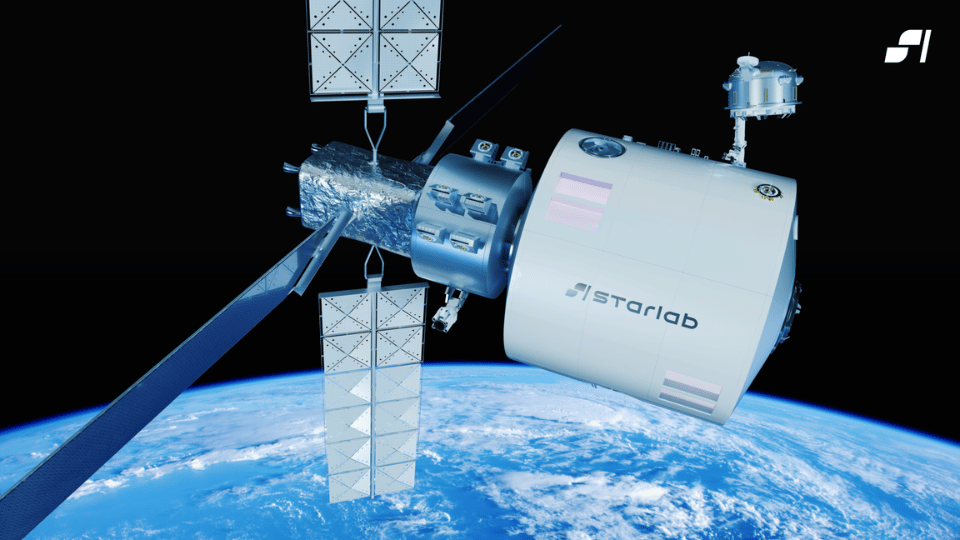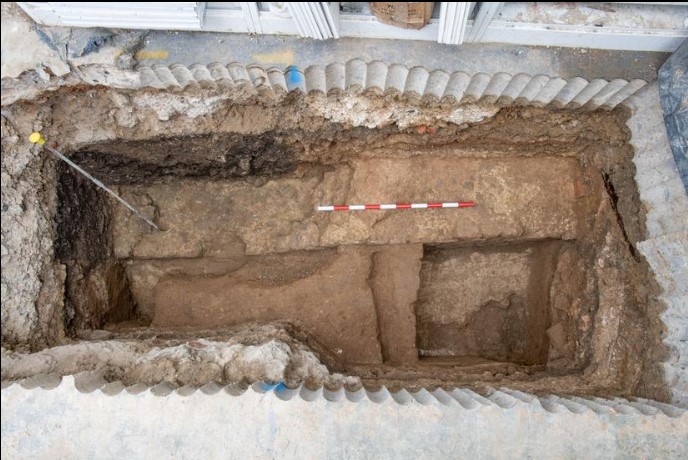The European Space Agency (ESA), in collaboration with Airbus and Voyager Space, is embarking on an ambitious journey with the Starlab space station. This initiative, stemming from a Memorandum of Understanding signed at ESA’s Space Summit in Seville, aims to extend European influence in low Earth orbit beyond the International Space Station (ISS). Starlab is poised to be a hub for astronaut missions, research activities, and commercial development, leveraging European technology in fields ranging from advanced robotics to life sciences. Slated for launch in 2028, Starlab signifies Europe’s strategic shift in space exploration and commercial space activities.
Historical Context of Space Stations
Starlab’s inception is part of a rich history of space stations that began with Salyut 1, launched by the Soviet Union in 1971. This legacy includes the American Skylab, the modular Mir station, and the ISS, the latter being a symbol of international cooperation and scientific advancement. The ISS has been a cornerstone in orbit since 2000, hosting numerous astronauts and experiments. Its design, involving the Russian Orbital Segment and the US Orbital Segment, has been influential in the development of future space stations, including Starlab.
Innovations and Expansions in Space Stations
The ISS’s modular design, a legacy passed on to Starlab, has facilitated expansions like the Axiom Orbital Segment. This commercial segment, approved by NASA, is an indicator of the growing commercialization of space exploration, a trend Starlab is set to follow. Starlab, with its focus on commercial operations, represents the next step in this evolution, combining scientific research with commercial viability.
Recent Advancements and Collaborations
As Starlab gears up for its role in low Earth orbit, recent advancements underscore the dynamic nature of space exploration. NASA’s SpaceX 29th commercial resupply mission, for example, has highlighted the continuous need for scientific and technological supplies in space, a role Starlab will undoubtedly play. The mission’s payload, including experiments like ILLUMA-T and Aquamembrane-3, exemplifies the type of research and technological advancements Starlab could facilitate in the future.
Starlab’s Strategic Importance
Starlab is not just a new station in orbit; it is a strategic move by Europe to maintain and enhance its presence in space. The project reflects ESA’s ambition for a smooth transition from the ISS to a future focused on sustained human and robotic activities in low Earth orbit, including commercial services. Josef Aschbacher, ESA Director General, has emphasized the significance of this initiative and its potential for substantial European contributions.
A New Chapter in Space Exploration
The Starlab project is a testament to Europe’s commitment to advancing space exploration and commercial space endeavors. Building on the legacy of previous space stations, Starlab is set to become a significant player in the ongoing narrative of human presence in space. Its focus on scientific research, technological development, and commercial activities positions it as a key player in the future of low Earth orbit operations, continuing the tradition of innovation and exploration established by its predecessors.


















